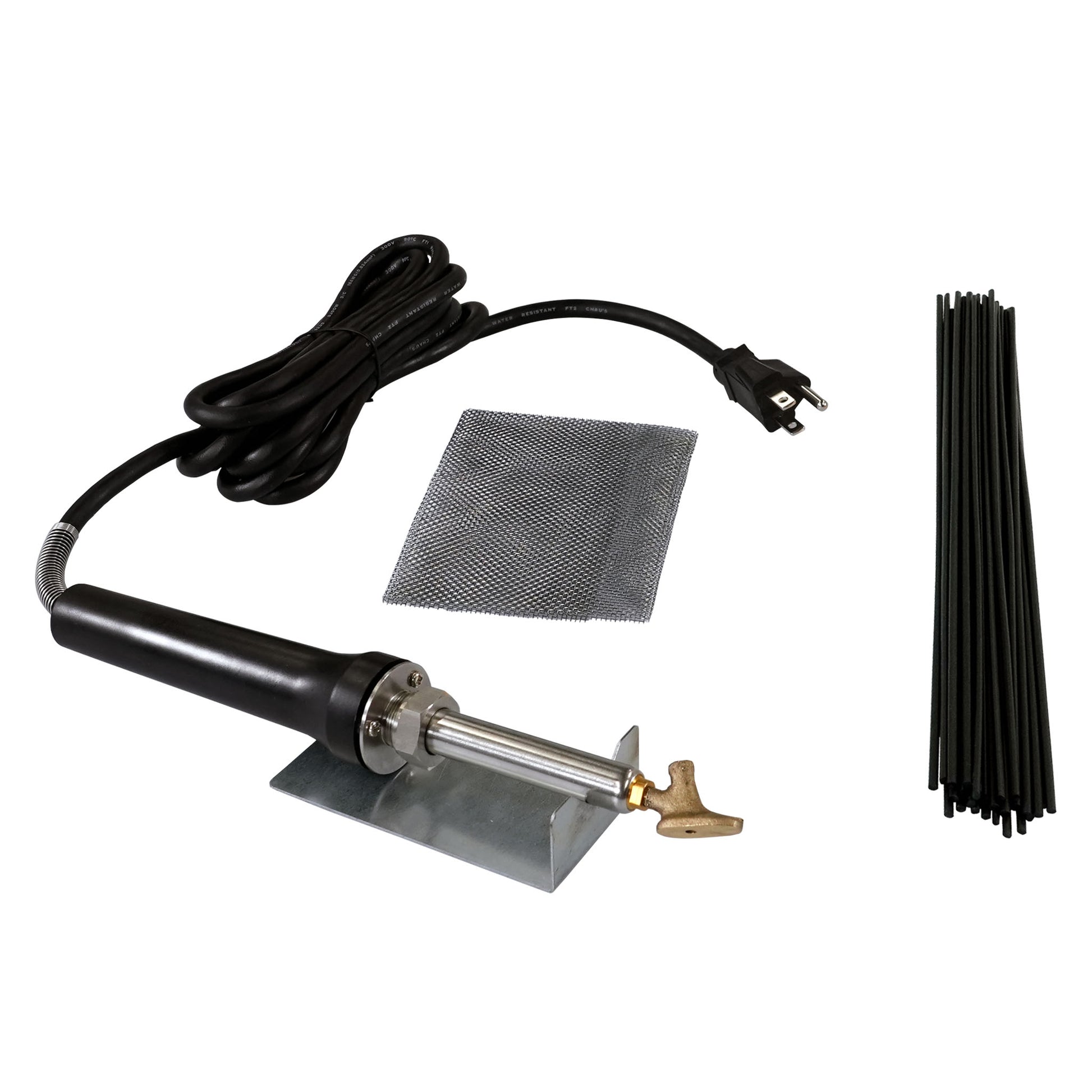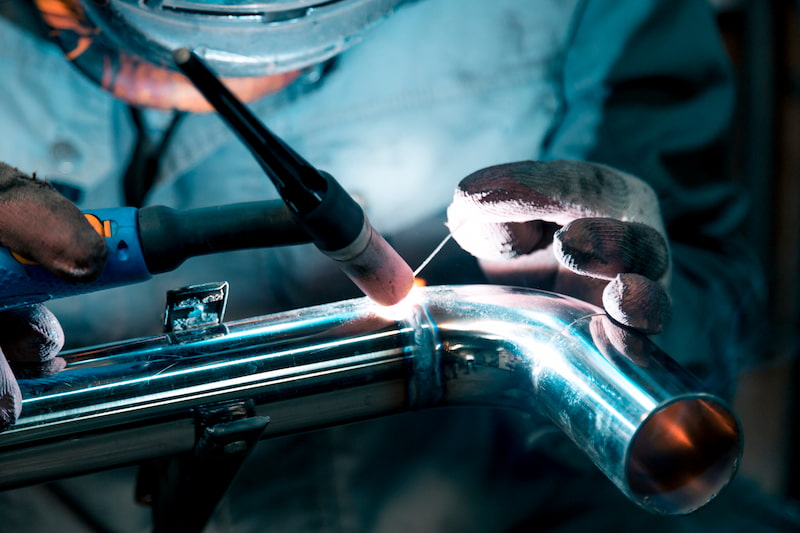Typical Welding Repair Issues and Just How to Address Them Successfully
Welding repair work usually experience a variety of issues that can endanger the integrity of the final item. Usual issues include inadequate penetration, porosity, and misalignment, to name a few. Each flaw offers special challenges that require details strategies for resolution. Understanding these problems is necessary for welders intending to boost their results and skills. This conversation will discover these typical welding repair work concerns and effective approaches to address them.
Insufficient Infiltration
Insufficient infiltration occurs when the weld steel falls short to completely fuse with the base product, leading to weak joints and prospective structural failures. This issue frequently stems from inadequate warm input, inaccurate electrode angle, or incorrect welding rate. Welders might come across poor infiltration due to a mistake of the needed parameters for a details material density or kind. Additionally, contamination on the base product's surface area can hinder reliable bonding, worsening the problem. To attend to insufficient infiltration, welders must assure appropriate settings on their tools and maintain a tidy work surface area. Regular assessment of welds is recommended to recognize any kind of shortages early, permitting prompt adjustments and the prevention of endangered architectural honesty in welded assemblies.
Porosity
Porosity is a common problem in bonded joints that shows up as tiny gas bubbles trapped within the weld metal. This flaw can jeopardize the honesty of the weld, bring about minimized stamina and prospective failure under tension. Montana Mobile Welding and Repair Belgrade Fabrication. Porosity commonly emerges from contamination, dampness, or incorrect welding techniques, which allow gases to run away right into the liquified weld swimming pool. To address porosity, welders ought to assure proper surface area prep work, preserve a tidy workplace, and utilize appropriate welding specifications. Additionally, picking the right filler material and protecting gas can reduce gas entrapment. Regular inspection and screening of welds can help recognize porosity early, guaranteeing timely rehabilitative activities are taken, thereby protecting the high quality and reliability of the bonded framework
Misalignment
Imbalance in welding can arise from various aspects, including improper configuration and thermal growth. Understanding the source is essential for reliable resolution. A number of modification methods are available to straighten parts and ensure structural honesty.
Reasons for Imbalance
Welding imbalance commonly stems from a selection of underlying problems that can endanger architectural honesty. One key cause is inappropriate fit-up of elements before welding, which can bring about spaces and irregular surfaces. Variants in thermal expansion during the welding procedure can additionally result in distortion, specifically if the products being joined have different coefficients of growth. Furthermore, inadequate securing and fixturing may fail to hold parts safely in area, resulting in movement during welding. Inadequately kept devices, including welding equipments and devices, may present incongruities in the weld bead, additional adding to imbalance. Operator error, stemming from not enough training or experience, can additionally play a considerable role in producing misaligned welds.

Adjustment Methods Readily Available
Dealing with misalignment efficiently needs a combination of corrective methods customized to the certain problems handy. One usual method is making use of components or jigs to hold parts in the appropriate setting during welding, making certain constant placement. Additionally, pre-heating the materials can help in reducing distortion and enhance fit-up. For substantial misalignment, mechanical adjustment methods, such as utilizing hydraulic jacks or clamps, can be used to correct the position before welding. Post-weld heat treatment may likewise be required to ease tensions brought on by misalignment. Lastly, cautious assessment and change throughout the arrangement stage can stop imbalance concerns from coming to be significant problems, promoting a smoother welding process and improving general architectural honesty.
Distortion
Distortion is a typical difficulty in welding that can arise from different variables, including uneven cooling and heating. Comprehending the causes of distortion is necessary for applying reliable prevention strategies. Resolving this problem not only boosts structural stability but likewise enhances the total top quality of the weld.
Causes of Distortion
When based on the intense warmth of welding, products usually go through modifications that can cause distortion. This sensation mainly arises from thermal development and contraction during the welding process. As the weld area heats up, the product increases; upon air conditioning, it acquires, which can produce internal anxieties. On top of that, unequal heating across a workpiece can intensify these tensions, resulting in bending or bending. The sort of product also plays a substantial role; metals with differing thermal conductivity and coefficients of expansion might react in a different way, resulting in unpredictable distortions. In addition, bad joint design and insufficient fixturing can add to misalignment throughout welding, raising the probability of distortion. Understanding these reasons is essential for efficient welding repair service and prevention techniques.
Avoidance Techniques
Efficient prevention strategies for distortion throughout welding concentrate on controlling warm input and making sure correct joint style. Maintaining a regular heat input helps try these out to minimize thermal development and contraction, which can lead to distortion. Using strategies such as preheating the work surface can have a peek at this website likewise reduce the temperature level slope, advertising consistent home heating. In addition, picking appropriate joint styles, such as T-joints or lap joints, can boost security and lower tension concentrations. Implementing appropriate fixturing to secure the work surfaces in position even more aids in maintaining alignment throughout the welding procedure. Ultimately, staggered welding sequences can distribute heat a lot more equally, stopping local distortion. By using these approaches, welders can greatly lower the probability of distortion and enhance the total high quality of their welds.
Breaking
Cracking is a common issue encountered in welding repair work, usually resulting from numerous aspects such as inappropriate cooling prices, material option, or poor joint preparation. The event of fractures can considerably jeopardize the integrity of the weld, resulting in prospective failures throughout procedure. To resolve this problem, welders should initially assess the origin, ensuring that products are suitable and suitably picked for the certain application. Furthermore, managing the cooling rate throughout the welding process is important; quick cooling can cause stress and lead to fracturing. Appropriate joint style and preparation additionally add to minimizing the danger. Implementing these strategies can enhance weld quality and durability, ultimately decreasing the likelihood of fracturing in finished weldments.

Insufficient Combination
A significant problem in welding fixings is insufficient combination, which takes place when the weld steel does not properly bond with the base material or previous weld passes - Fabrication. This problem can cause weaknesses in the joint, possibly endangering the honesty of the welded structure. Elements adding to incomplete fusion consist of insufficient warm input, incorrect welding method, and contamination of the surfaces being joined. To resolve this issue successfully, welders need to guarantee appropriate ac welding pre-weld cleaning and surface preparation, along with readjust their welding parameters to attain sufficient penetration and combination. Routine assessment throughout the welding procedure can additionally help determine insufficient blend early, enabling prompt corrective steps to improve the general high quality of the weld
Overheating
While welding fixings can enhance architectural stability, overheating presents a substantial challenge that can bring about material deterioration. Too much heat during welding can modify the mechanical residential properties of steels, resulting in reduced strength, enhanced brittleness, and bending. This phenomenon is especially crucial in high-stress applications where architectural integrity is paramount. Recognizing getting too hot can entail aesthetic examinations for staining or distortion, in addition to checking temperature throughout the welding process. To mitigate the threats connected with overheating, welders need to use appropriate strategies, such as regulating warmth input, changing travel rate, and making use of appropriate filler products. Furthermore, executing pre- and post-weld warmth therapies can help recover material residential properties and enhance the total high quality of the fixing, making sure long-term efficiency and safety.
Regularly Asked Questions
What Are the Common Indications of a Welding Issue?

Just How Can I Check My Welds for High quality?
To examine welds for high quality, one can utilize aesthetic evaluations, ultrasonic screening, and radiographic methods. Each strategy ensures architectural stability, determines defects, and confirms adherence to defined criteria, eventually enhancing the integrity of the bonded joints.
What Security Safety Measures Should I Take While Welding?
When welding, one ought to prioritize safety and security by putting on ideal personal protective tools, guaranteeing appropriate air flow, protecting flammable materials away, keeping a clean work area, and being conscious of surroundings to avoid injuries and crashes.
Can I Repair a Weld Without Renovating the Entire Joint?
Repairing a weld without redoing the whole joint is possible, depending upon the damages (Montana Mobile Welding and Repair Welding). Techniques such as grinding, adding filler product, or utilizing a welding procedure can efficiently resolve details defects while maintaining the surrounding structure
What Devices Are Important for Reliable Welding Repair Works?
Crucial tools for reliable welding repair work consist of a welding device, wire brush, mill, safety equipment, clamps, and filler materials. Each device plays a vital function in guaranteeing top quality and safety and security during the repair work process. Porosity normally occurs from contamination, wetness, or improper welding methods, which permit gases to get away right into the molten weld pool. Inadequately maintained tools, consisting of welding makers and devices, may present inconsistencies in the weld bead, more contributing to misalignment. When subjected to the extreme heat of welding, materials commonly undergo adjustments that can lead to distortion. Breaking is a common issue encountered in welding repairs, usually resulting from numerous factors such as improper air conditioning prices, product option, or inadequate joint preparation. A significant issue in welding repairs is incomplete fusion, which takes place when the weld steel does not appropriately bond with the base material or previous weld passes.